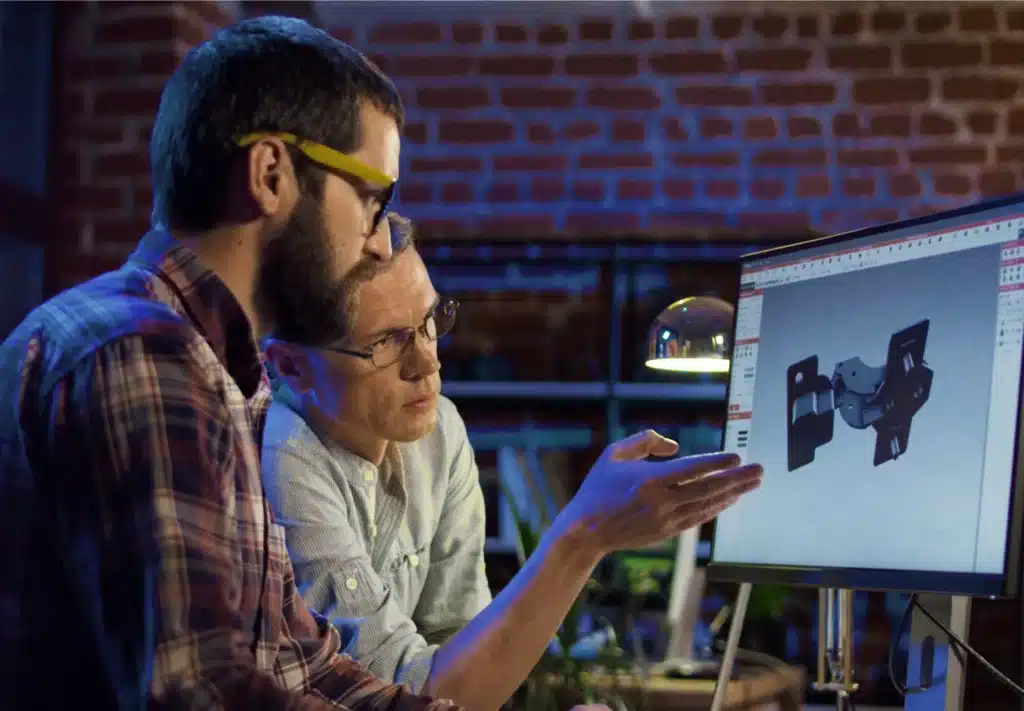If you’re an animator, you’re probably well-acquainted with Maya. This giant in the animation industry has been key in producing some of the most stunning visual effects and animations we’ve ever witnessed. But let’s face it, rendering animation in Maya can sometimes feel like an endurance test. This article is here to change that narrative. We’ll navigate you through the process of rendering animation in Maya, with a particular focus on enhancing your render speed and quality.
Contents
Scene Setup: The Bedrock of Your Animation
The journey to rendering animation in Maya begins with the creation of the animation itself. This is the stage where you’ll harness the extensive toolkit of Maya to breathe life into the objects in your scene. Whether you’re piecing together a basic walk cycle or a complex action sequence, it’s vital to have a well-crafted and well-executed animation before progressing to the next step.
Once your animation is in place, the next task is to assign materials and lighting to your scene. This is the point where you’ll pick the appropriate materials for each object and assign them in the Material Editor. Additionally, you’ll need to take into account the lighting of your scene, including the placement and properties of lights, to ensure your final render is as visually captivating as possible.
Rendering the Animation: Bringing Your Scene to Life
Maya provides a variety of options, known as renderers, to help you bring your animation to life. For this guide, we’ll focus on the Arnold renderer, a favorite in the animation and VFX industry for its high-quality output and versatility.
The next step is to adjust the render settings. This includes selecting the appropriate resolution, frame rate, and other settings that will influence the quality and final size of your render. The goal is to find the perfect balance between render time and final quality to ensure you’re achieving the best results in the shortest possible time.
Once your scene is prepared and your render settings are fine-tuned, it’s time to start the rendering process. Simply press the render button and let the renderer work its magic.
Depending on the complexity of your scene and the length of your animation, this process can take anywhere from a few minutes to several hours.
Saving the Animation: Preserving Your Masterpiece
Once the rendering process has reached its conclusion, it’s time to save your final animation. Maya provides various format options, including QuickTime, AVI, and MP4. The format you opt for will hinge on your intended use for the animation, so make your selection with care.
Following the format selection, you can proceed to save and export your animation. This step involves specifying the file name, location, and other export parameters, such as compression settings. It’s crucial to select a file format and compression settings that will yield the highest quality while maintaining a manageable file size.
Optimizing Render Time: Maximizing Maya’s Potential
While rendering animation in Maya can be an exhilarating experience, it can also be somewhat time-consuming. Here are some strategies for optimizing your render time:
- Limit the use of heavy materials. This can help reduce the time required to render your animation.
- Strike the right balance between quality and render time. If you’re striving for the best results, you might need to compromise some quality for the sake of rendering time.
- Leverage Maya Cloud Rendering. This can save you time and money by enabling you to render your animation on a potent remote server.
Troubleshooting Common Render Problems: Keeping Your Render on Course
Rendering an animation in Maya can be a delightful yet challenging endeavor. Here are some tips for troubleshooting common render problems:
- Rectify lighting issues. If your animation appears too dark or too bright, revisit your lighting setup.
- Deal with problem objects. If an object in your scene is causing trouble, try removing it or replacing it with a different object.
- Debug render settings. If your render isn’t turning out as expected, try debugging your render settings.
Supercharge Your Rendering with a Maya Render Farm
Are you tired of waiting for your animation renders to finish on your own computer? A Maya render farm could be the game-changer you need.
A render farm like RebusFarm offers a cloud-based rendering service dedicated to supporting Autodesk Maya. It’s an ideal solution for animators and 3D artists who want to speed up their workflow. With powerful hardware and lightning-fast speeds, a Maya render farm can handle even the most complex animations with ease. Say goodbye to long waits and hello to efficient and seamless rendering.
In conclusion, rendering animation in Maya is a complex process that requires a blend of technical skills and artistic expertise. By following the steps in this article and using the tips and tricks to optimize render time, you can create high-quality animations that will wow your audience. And with the help of a Maya render farm, you can significantly cut down your render times and boost your productivity. Happy rendering!

